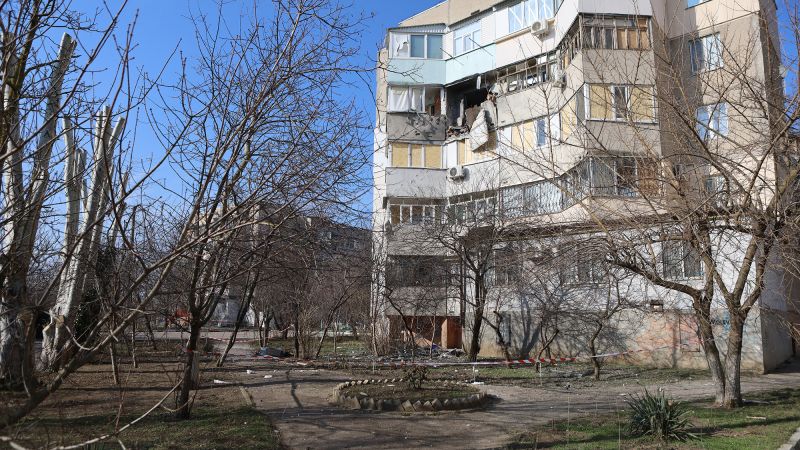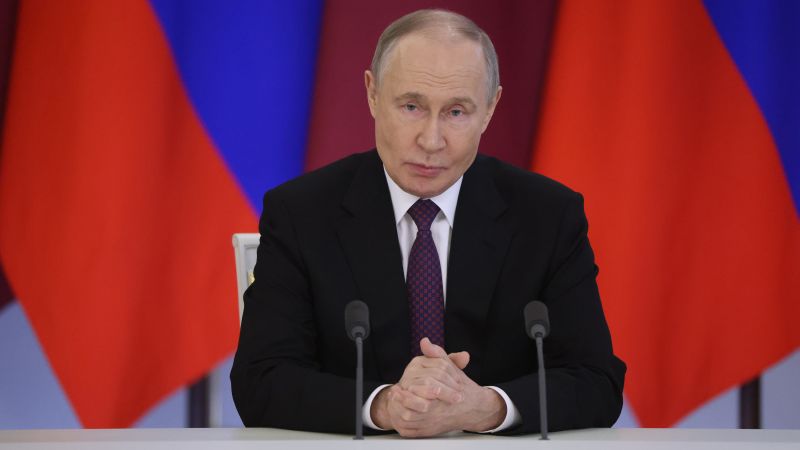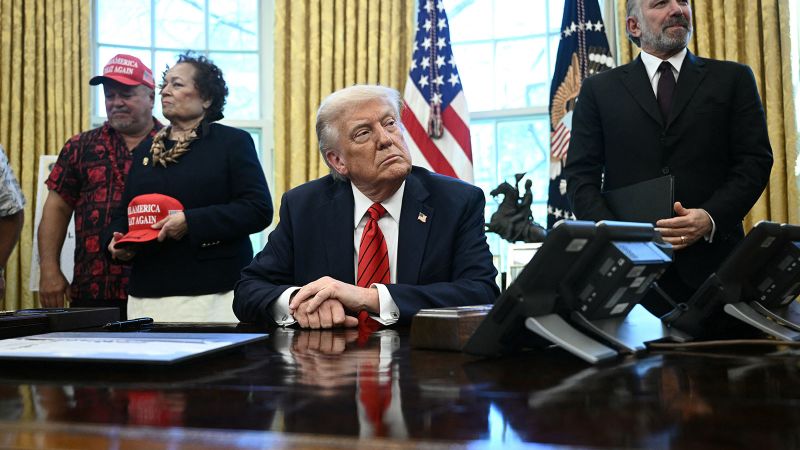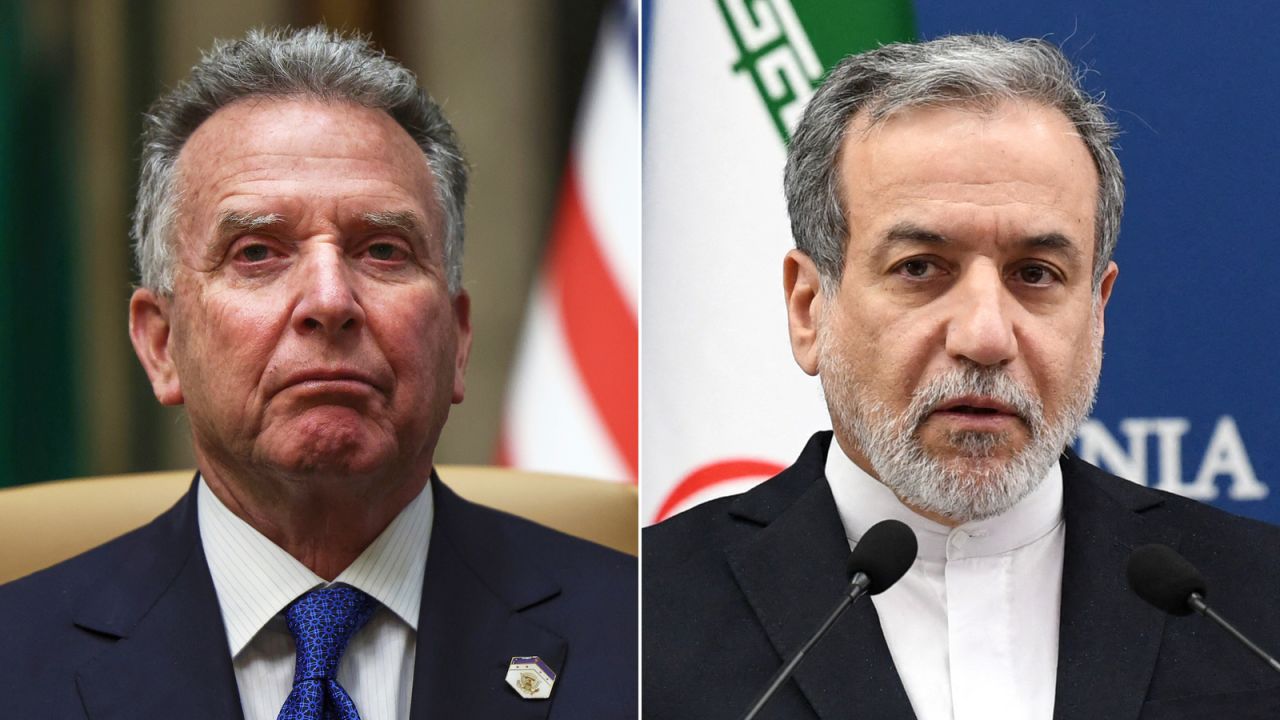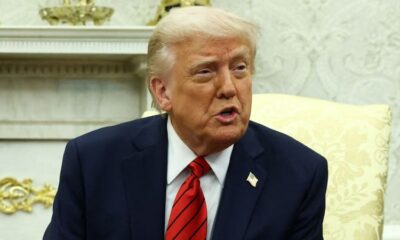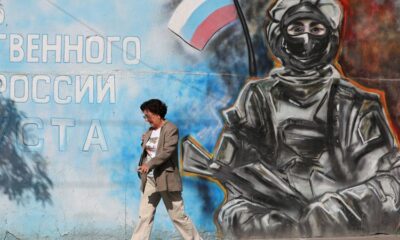Kherson, Ukraine
CNN
—
Kherson is eerily quiet. The main square of this port city is almost entirely empty. There is little danger from traffic for the lone cyclist or the old woman who passes by, using her cane as she walks as quickly as she can to the grocery store.
This is a city on the front lines of the war between Russia and Ukraine. Russian troops are just across the Dnipro River, less than three miles from Ukrainian forces and the beleaguered population they’re charged with defending.
At the grocery store, large barriers protect the entrance, wood covering the glass doors. Residents — mostly older women and men — nip inside to see what is on the shelves, buying necessities for the day before heading back to shelter and home.
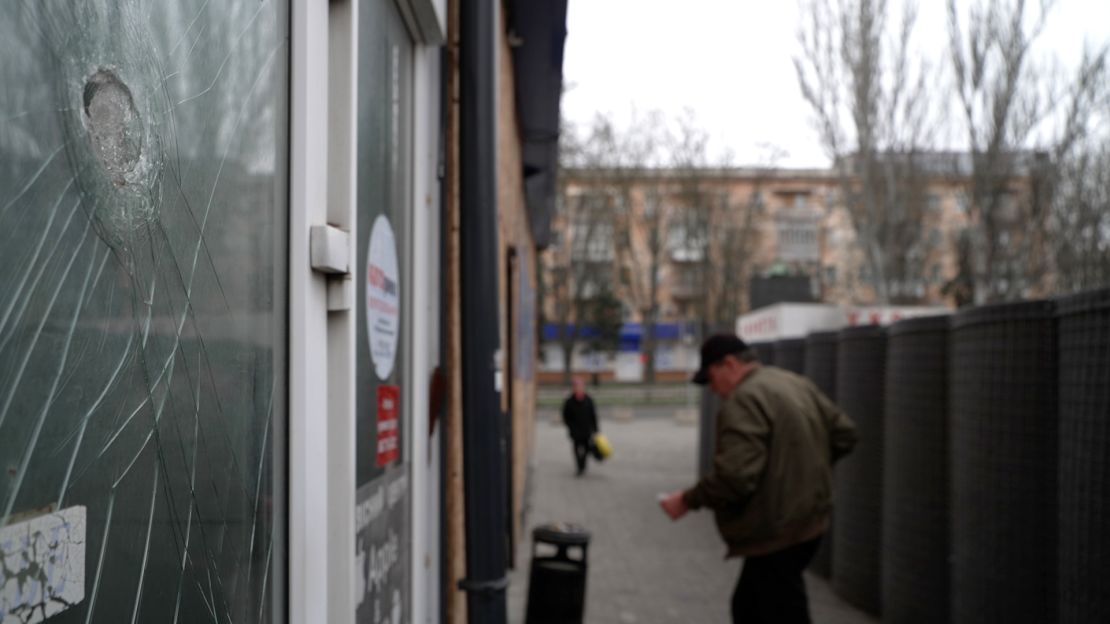
Kherson was the first major city to fall to the Russian forces that invaded Ukraine. When it was liberated eight months later, joyous crowds draped in blue and yellow Ukrainian flags took to the streets, hugging and kissing soldiers, and singing as car horns blared.
The flags are still out — a large one flying on top of a downtown bank building, smaller ones lining the streets and even painted on lampposts. But the noise and the joy are gone.
With Presidents Donald Trump and Vladimir Putin set to discuss an end to the war in Ukraine, the fate of this city and its people hangs in the balance. The illegal annexation of Crimea by Russia in 2014 gave Putin a swath of land on the Black Sea south of Kherson, but the full-scale invasion that began in 2022 saw Moscow’s forces grab more and more territory.
Many of the buildings show the scars of the years of conflict — windows blown out and boarded up, chunks of rubble strewn around from shells hitting concrete.
The shells still fly overhead, producing deafening and destructive thuds when they land.
But it’s the whirr of drones that terrifies people here these days.
“It’s impossible to explain how scary it is,” says Olena Vassilievna Shigareva. “It flies, it buzzes, you don’t see it. And when you spot it, it stops and starts following you wherever you go.”
Shigareva says she and another woman were walking together when they were targeted by drones, in what some Kherson residents call a “safari” on them. Dozens of videos on the Telegram social media channel appear to show the phenomenon of armed camera drones chasing civilians and dropping explosives, set to music.
“They could see we were women, not soldiers,” Shigareva says. “We didn’t do anything to them. It’s just horror.”
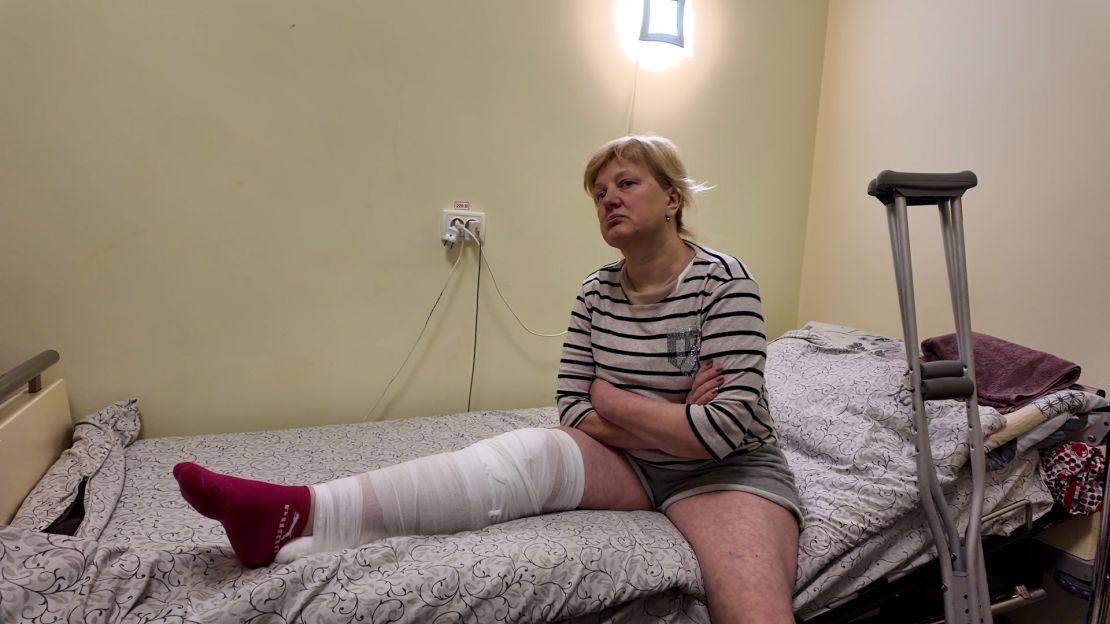
Shigareva talks from her hospital bed, where she is being treated for a damaged knee and shrapnel in her leg.
The hospital is one of the few places we see where there is noise and movement, with medics hustling down the hallways to treat the war wounded — the majority, civilians hit by drone strikes.
Beds are crowded into available rooms, each with a patient. An elderly woman has her ankle pinned together; a teenager called Boris says he was on a bus when it was hit; and a man looks where his legs used to be — they were amputated high on both thighs.
Roman Mrochko, the mayor of Kherson, works in a basement, underground away from the danger of the drones. He says as many as 100 drones can be flown toward his city each day. “A large number are suppressed by our jammers but of course there are drones… that reach the target and hit our people,” he tells CNN. “We call it a hunt for civilians. The Russians send fresh drone units to Kherson, and they train by attacking civilians with drones,” he says.
Intentionally directing attacks against civilian infrastructure and civilians who are not directly taking part in hostilities is considered a war crime under international law.
Russia has been repeatedly accused of targeting Ukrainian civilians by Kyiv, its Western allies, the International Criminal Court and the United Nations. Throughout the war, Russia has repeatedly denied the accusations, despite substantial evidence to the contrary.
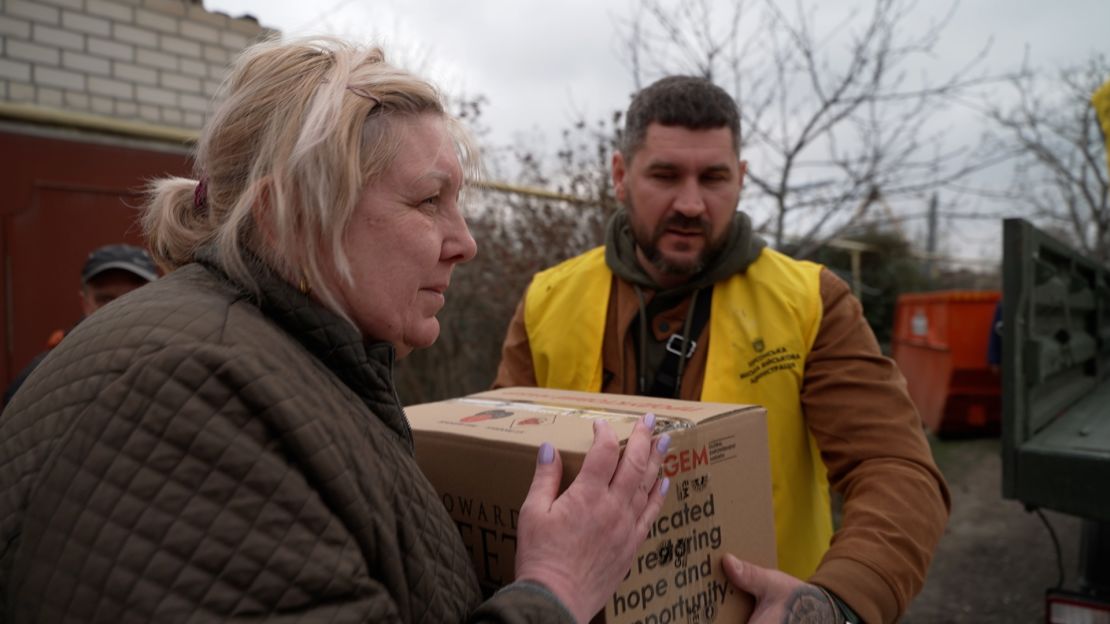
The exposed eastern outskirts of the city are where most of the drone attacks occur, its residents effectively pinned down. Early morning is the safest time to be on the streets, so it’s when volunteers are out delivering boxes of food aid from the back of a truck.
Women emerge nervously from homes, bundled up against the cold. Cardboard boxes are placed into grateful arms and then they return quickly inside. No one really wants to stop and talk.
And for good reason. After just a few minutes, the word comes in that drones have been launched from the Russian side of the river. In this ghost city, it is too dangerous to be outside. The aid workers secure the undelivered boxes and return to their depot. The other families on their route may go hungry this day or have to take their chances outside.

